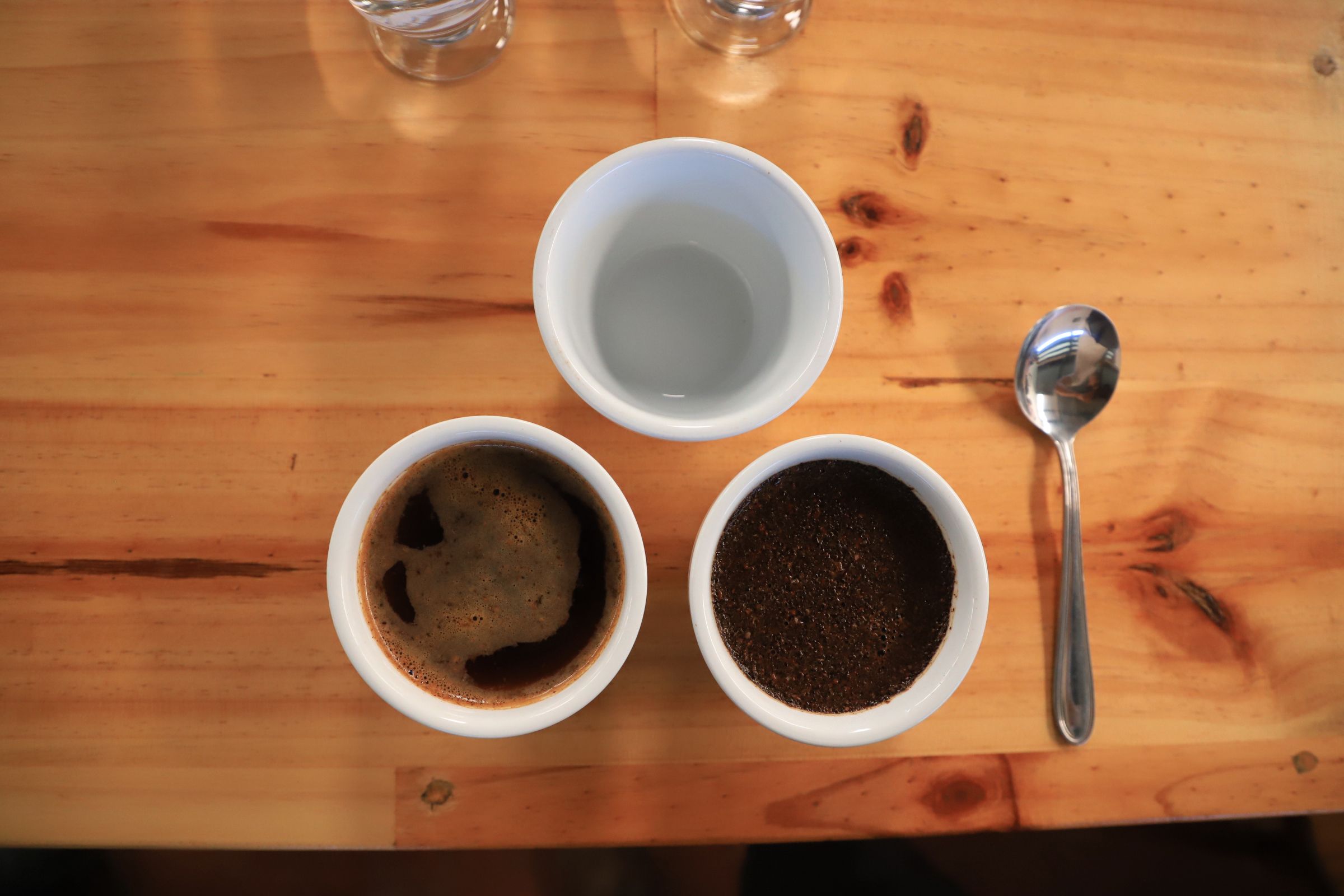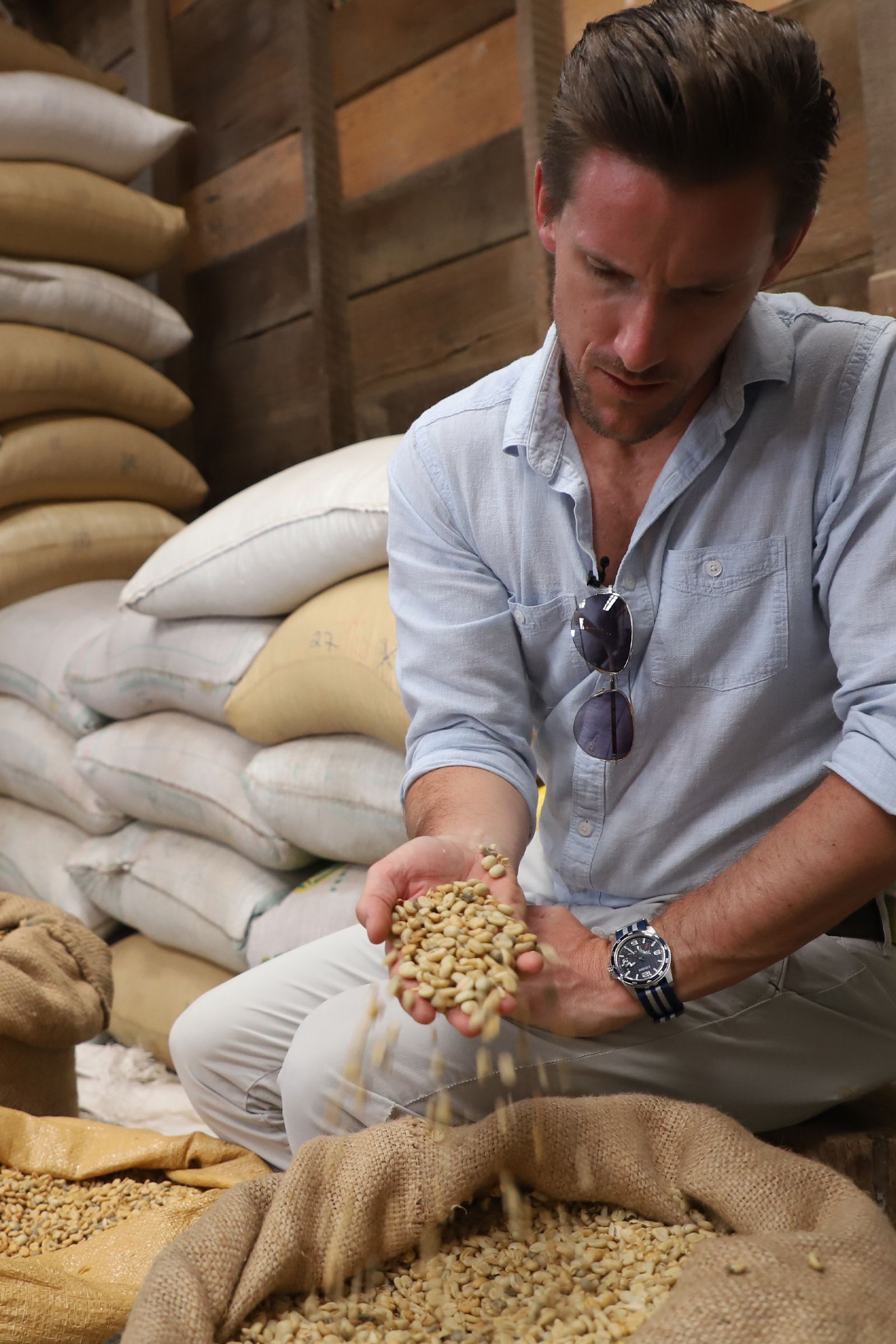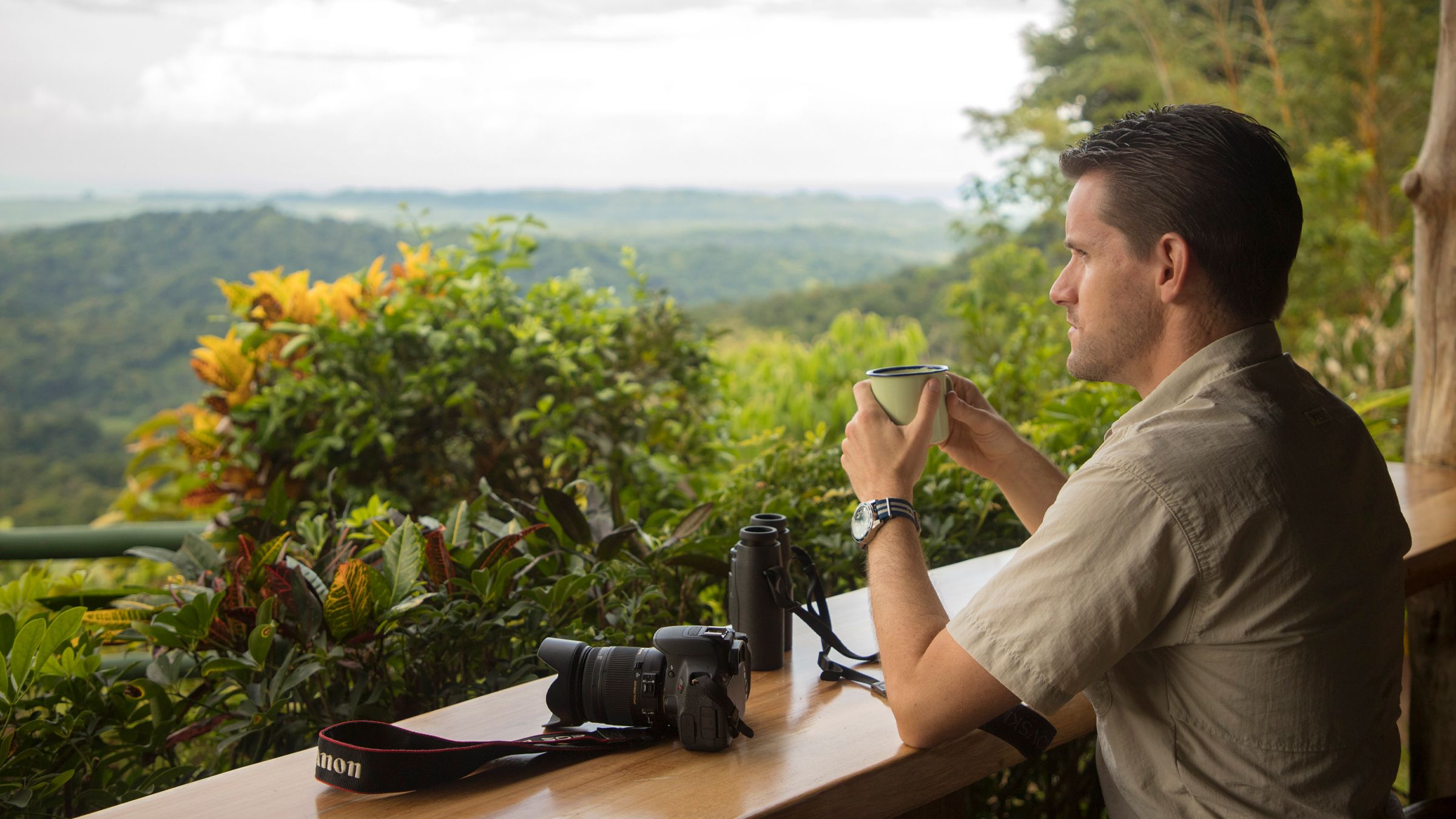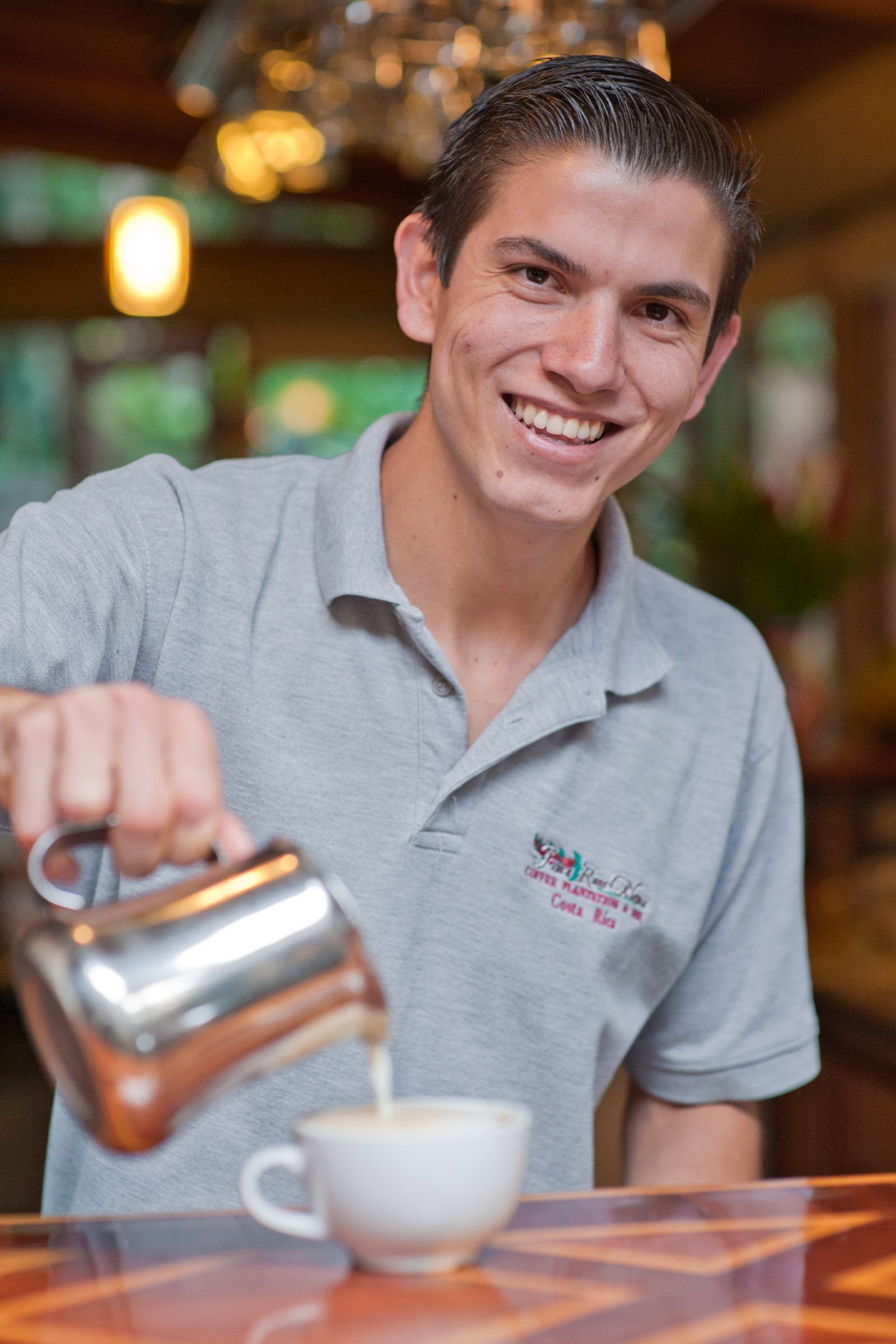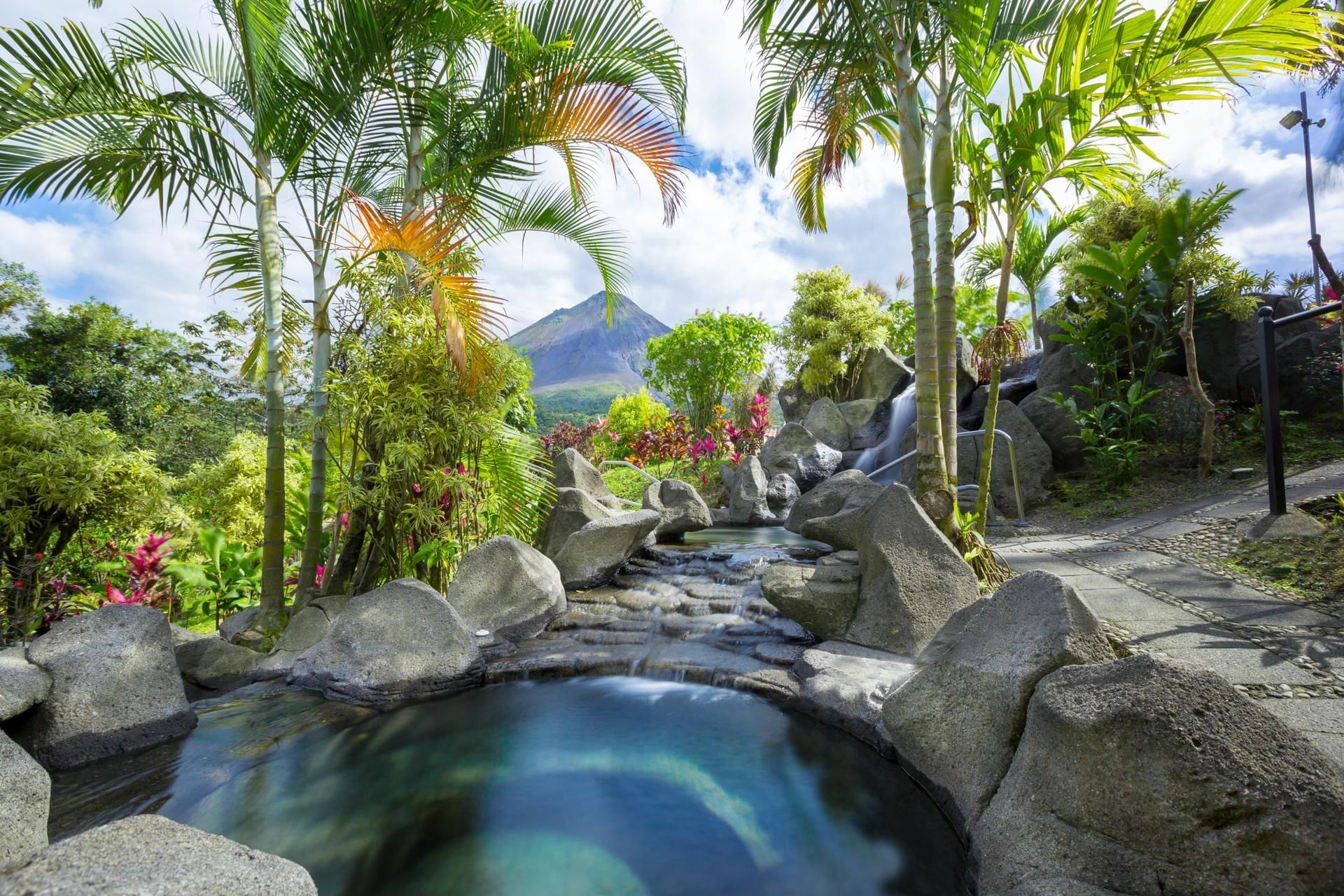Enjoy a Coffee Plantation Visit in Costa Rica
Touring a coffee farm in Costa Rica allows you to step into the heart of the country’s rural culture and sustainable agricultural traditions. Most tours take you through plantations set on volcanic slopes where the combination of soil, altitude, and climate produces some of the finest Arabica beans in the world.
A visit follows the full journey of coffee. You walk among rows of ripening cherries, watch the careful methods of hand-picking, see how beans are milled and roasted, and finish with a guided tasting that takes you from bean to cup. Many tours are led by passionate guides or even farm owners who share personal stories along with insights into Costa Rica’s history, culture, and commitment to sustainability.
The farms themselves are often as memorable as the coffee. Some tours take place in rolling green hillsides, others in misty cloud forests or on volcanic terrain. Costa Rica’s diverse microclimates create a wide range of flavors, and tasting side by side helps you appreciate what makes each region distinct.
Along the way, you may sample different roasts paired with local chocolate, pastries, or fruit straight from the farm. Many producers also demonstrate traditional practices such as composting, shade-growing, and eco-friendly farming methods, showing how coffee production connects deeply to sustainability.
Getting the Most Out of Your Coffee Tour
Choosing where to go is part of the experience. Coffee is grown across the country, but the most accessible plantations are in the Central Valley, Monteverde, Tarrazú, and near Arenal. Each region has its own flavor profile shaped by altitude and climate.
Tours are offered year-round, but harvest season between November and March offers the most activity. This is when you can watch the picking process and even try it yourself. La Fortuna and the slopes around Arenal Volcano are especially popular for visitors who want to see the full cycle, from plant to roasted bean.
During a tour you not only taste coffee at different stages, but you also learn how Costa Ricans prepare their coffee differently than other countries. Some tours even include cocoa or sugarcane, giving you a broader look at the country’s agricultural traditions.
FAQs about Costa Rica Coffee Tours
Some common questions about visiting coffee plantations in Costa Rica:
When is the best time to visit a coffee farm in Costa Rica?
Farms are open to visitors all year, but the harvest season from November to March is the most active. This is when you can see ripe beans being picked and processing in full swing.
Do you need to be a coffee expert to enjoy a tour?
Not at all. The tours are designed for everyone, from casual travelers to dedicated coffee enthusiasts. Tastings are guided so you can learn as you go.
How long does a typical coffee tour last?
Most tours run between two and three hours. Some include tastings or pairings that make them a bit longer.
Which regions in Costa Rica produce the best coffee?
Tarrazu is the most famous, known for its smooth, rich coffee with low acidity. Other regions like Villa Sarchí and Monteverde also produce celebrated beans. Rare varieties such as Gesha are prized for their unique flavors and aromas.
Can you buy coffee directly at the farms?
Yes. Most farms sell freshly roasted beans on-site. It’s one of the best ways to take home authentic coffee while also supporting local producers.


